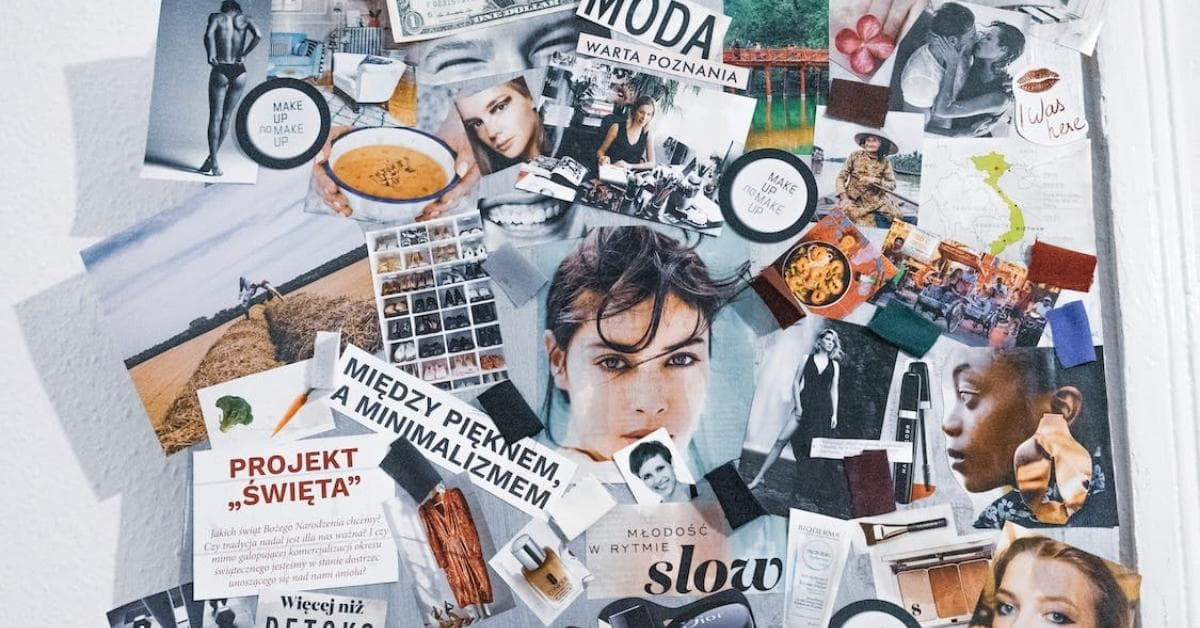In today’s digital age, magazine covers serve as the first impression for readers and play a pivotal role in setting the tone for the content inside. Photo manipulation is a powerful tool that can transform ordinary images into captivating and attention-grabbing magazine covers. This article explores the art of photo manipulation for magazine covers, offering insights, tips, and frequently asked questions for aspiring designers and photographers.
The Magic of Photo Manipulation
Photo manipulation is the art of altering, enhancing, or combining images to create something new and visually striking. When it comes to magazine covers, this technique can be a game-changer, enabling designers to craft unique and eye-catching visuals that resonate with their target audience. Let’s delve into the essential elements of creating stunning magazine covers through photo manipulation.
Understanding the Vision
Before diving into photo manipulation, it’s crucial to have a clear vision of the cover’s concept. What message or emotion should it convey? What style or theme is appropriate for the magazine’s content? Whether it’s fashion, travel, or lifestyle, knowing your audience and the purpose of the magazine is paramount.
Selecting the Right Images
Choosing the right images is the foundation of photo manipulation. High-resolution, high-quality photographs are essential. Ensure that the images are copyright-free or properly licensed to avoid legal issues. Stock photo websites are excellent resources for finding the perfect pictures for your project.
The Tools of the Trade
Powerful software tools like Adobe Photoshop and GIMP are essential for photo manipulation. These programs provide a wide array of features, including layers, blending modes, and various filters, which are indispensable for creating magazine-worthy images.
Mastering Techniques
Here are some fundamental photo editing techniques to get you started:
- Layering: Use layers to stack and organize images, making it easier to manipulate specific elements without affecting the entire composition.
- Blending Modes: Experiment with blending modes to seamlessly integrate different elements and create the desired visual effect.
- Masks: Masks allow you to control the visibility of specific parts of an image. They are invaluable for creating realistic compositions.
- Filters and Effects: Apply filters and effects to enhance colors, contrast, and overall aesthetics.
- Retouching: Refine the images by retouching imperfections, adjusting lighting, and enhancing details.
Composition is Key
A well-composed magazine cover is aesthetically pleasing and conveys the intended message effectively. Keep these principles in mind:
- Balance: Distribute visual elements evenly across the cover to create a sense of harmony.
- Contrast: Use contrasting colors and elements to grab the reader’s attention.
- Typography: Choose fonts and text placement that complement the overall design and maintain readability.
FAQs
Q1: Is it ethical to manipulate photos for magazine covers?
A1: Photo manipulation for magazine covers is a common practice in the publishing industry. However, ethical considerations come into play when manipulating images that convey false information or misrepresent the subject. Always maintain transparency and consider the impact of your edits.
Q2: Can I use free images for magazine covers?
A2: While there are free image sources available, it’s essential to check the licensing agreements. Some may require attribution or restrict commercial use. To ensure legal compliance, consider purchasing images or subscribing to stock photo services.
Q3: How can I improve my photo manipulation skills?
A3: Improving your skills in photo manipulation takes practice and dedication. Take online courses, watch tutorials, and experiment with different techniques. Also, seek feedback from peers or mentors to enhance your abilities.
Q4: What are some common mistakes to avoid in photo manipulation?
A4: Common mistakes include over-editing, unrealistic proportions, and poor color matching. It’s crucial to maintain realism while enhancing images. Avoid these errors by refining your techniques and paying attention to detail.
Conclusion
Photo manipulation is an art form that can elevate magazine covers to new heights. By understanding the vision, selecting the right images, and mastering essential techniques, designers and photographers can create visually stunning and engaging magazine covers that leave a lasting impact on readers. Keep refining your skills, stay ethical, and embrace the world of creative possibilities that photo manipulation offers. Your magazine covers will never be the same again.
This page was last edited on 19 February 2024, at 4:46 pm
